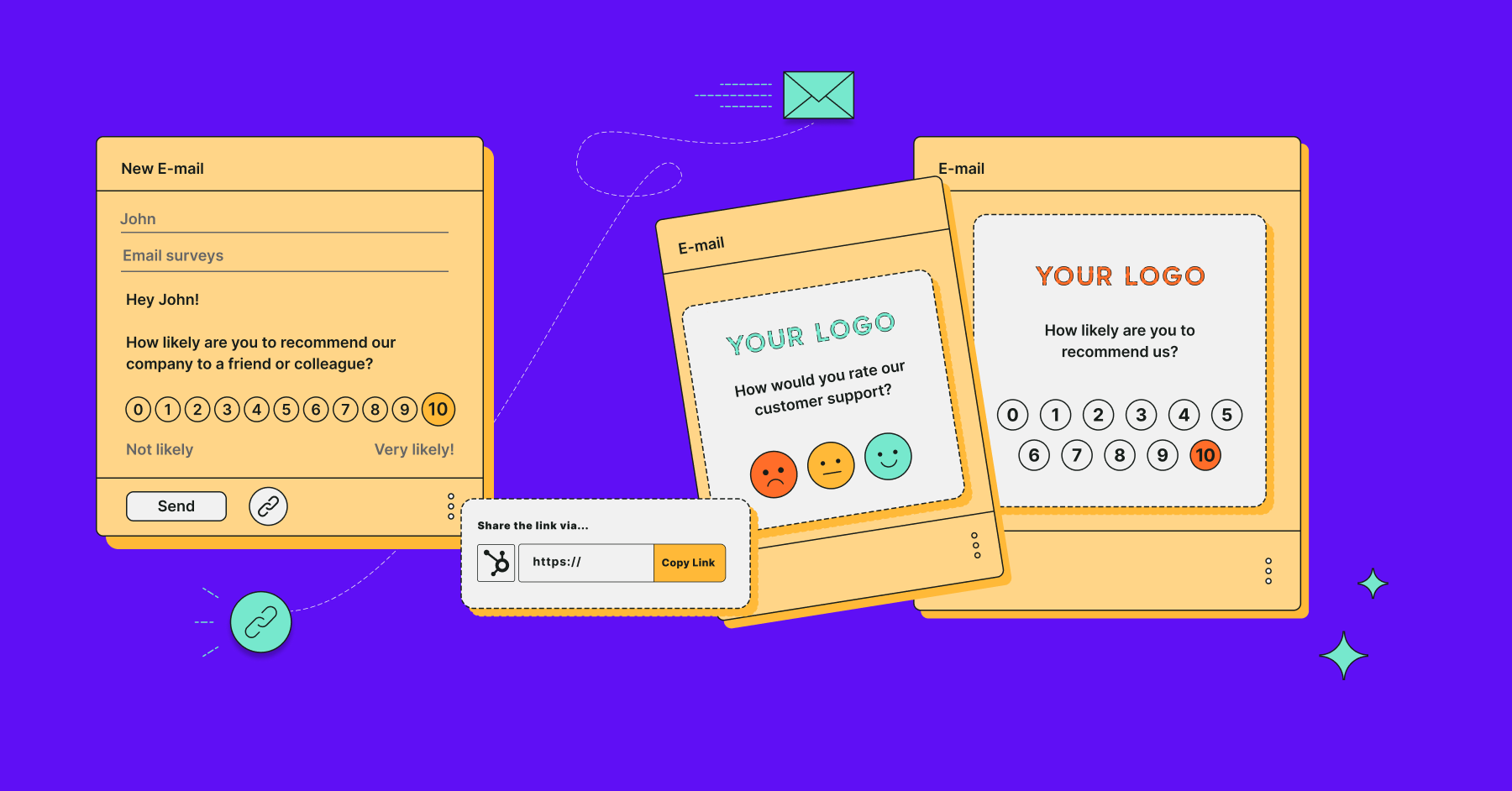As soon as you realize how valuable real customer feedback is, you are likely to want to get as much as possible. It can become addictive: sending one survey after another to learn about the true customer experience and making it the best you can.
But there is a limit on how much quality feedback you can gather. At some point, you may realize you are not getting as many responses or the data is becoming less actionable.
Don’t worry, you aren’t the only one. Both seasoned and inexperienced marketers battle with survey fatigue.
This is because the modern customer is presented with an opportunity to give feedback at every step and through every medium. From shopping cart abandonment to customer service evaluation, every team wants that juicy data.
This guide will walk you through continually getting quality responses. That means foiling survey fatigue - your customers getting bored of giving you feedback.
Let’s go through why survey fatigue happens and what you can do to make your surveys… well, customer-friendly.
What is Survey Fatigue?
Survey fatigue occurs when a potential respondent becomes unwilling to leave feedback in a survey. It usually happens when surveys are too long or too frequent.
And these two reasons are the best way to segment the type of survey fatigue you are dealing with.
Survey-Response Fatigue
If you survey your customers too often, they may become reluctant to even start filling out your surveys, leading to low response rates or even customer churn. This is because potential respondents become annoyed at the number of feedback requests.
As a result, they will most likely become uninterested in any survey you send to them.
A quick fix to survey-response fatigue?
Send out surveys less frequently or at more appropriate moments in the customer journey.
Survey-Taking Fatigue
Surveys that have too many open-ended questions (or too many questions overall) may lead to survey-taking fatigue. This usually happens when customers are asked poorly-designed questions or questions that aren’t applicable to them.
Survey-taking fatigue results in high rates of abandonment. When using Survicate, you will still get data from questions respondents did answer, but the data will not be as good for analysis.
This is because aside from abandoning a survey, respondents may also:
- Give little to no thought to the questions
- Skip questions
- Give random answers
- Skip open-ended questions or input gibberish
- Select the same answer for each question
…all in an effort to push through the survey faster. This dilutes the quality of the customer feedback you receive.
A quick fix to survey-taking fatigue?
The best way to counteract survey-taking fatigue is to work on your survey design. If you are not an expert, feel free to use one of the many Survicate survey templates that are all optimized for the best survey response rate.
Why Should You Care about Survey Fatigue?
If you don’t work to minimize the risk of survey fatigue, you may end up with
- A waste of marketing budget
- Unreliable data
- Response bias
- Reluctance to complete future surveys
- Customer churn
But how do you know whether you are surveying too much or whether your surveys take too much effort to complete? Well, warning signs of survey fatigue include:
- Not getting as many responses as you once did, even though your customer base has grown or stayed the same
- High rates of survey abandonment
- Getting nonsense answers to open-ended questions
Keep reading to learn steps you can take to avoid or counteract survey fatigue.
12 Steps to Fight Survey Fatigue
Rather than just concentrating on survey length, optimize for the kind of data you want to collect.
Ask direct and concise questions
Use close-ended questions like multiple- or single-choice questions whenever possible. Open-ended questions require more effort and time to fill out. Multiple open-ended questions quickly lead to survey fatigue.
Sometimes it makes sense to ask more questions that are easier to respond to than fewer, open-ended, or ambiguous ones. Make sure you keep your questions direct, unambiguous, and as fast to answer as possible.
Use language consistent with your market. Some respondents will understand professional jargon, others won’t.
What’s more, avoid using absolutes such as “always” or “never” in your questions, as they may be impossible to answer accurately in a closed-ended format.
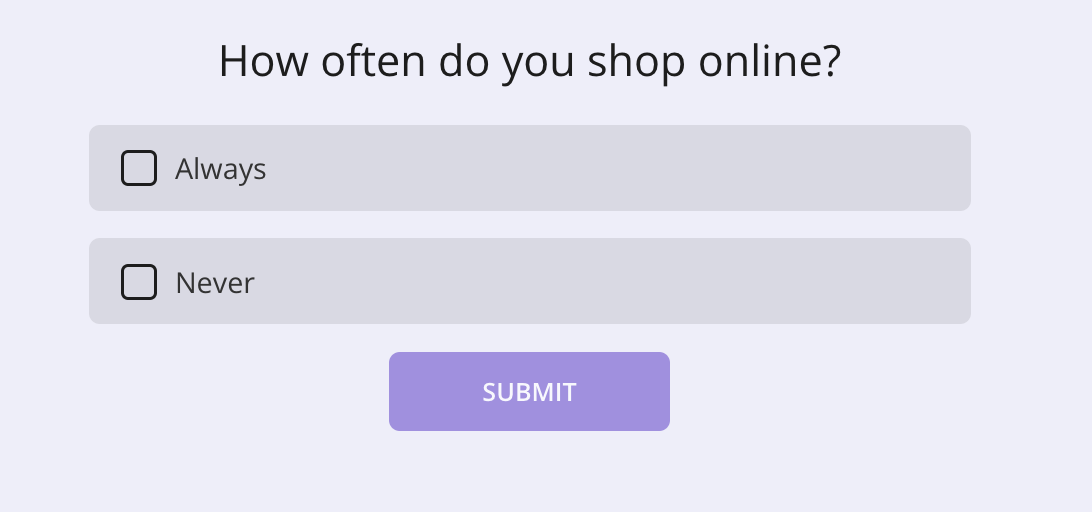
Do not include questions asking for demographic data (or any other kind of data) that can be gathered automatically. Take advantage of Survicate’s integrations to capture things like email addresses, gender, age, or job title.
Use skip logic
Skip logic is a mechanism that allows for designing a survey in a way that previous answers impact what questions follow. With Survicate, you can easily set up skip logic within the create tab in the dashboard.
That way all answers will be applicable to the respondent.
Limit open-ended questions
Sure, making a survey with just 2 questions is great. But a survey with 2 open-ended questions is both more difficult to complete and harder to analyze than one with 10 closed-ended ones.
Make sure your respondents are able to give you as much feedback as possible with single clicks. The rule of thumb is to have one open-ended question tied to skip logic that makes the most sense.
Have a look at this Net Promoter Score (NPS) survey. You can tailor the logic to make sure respondents either give you a reason why they are not satisfied or why they love your product.
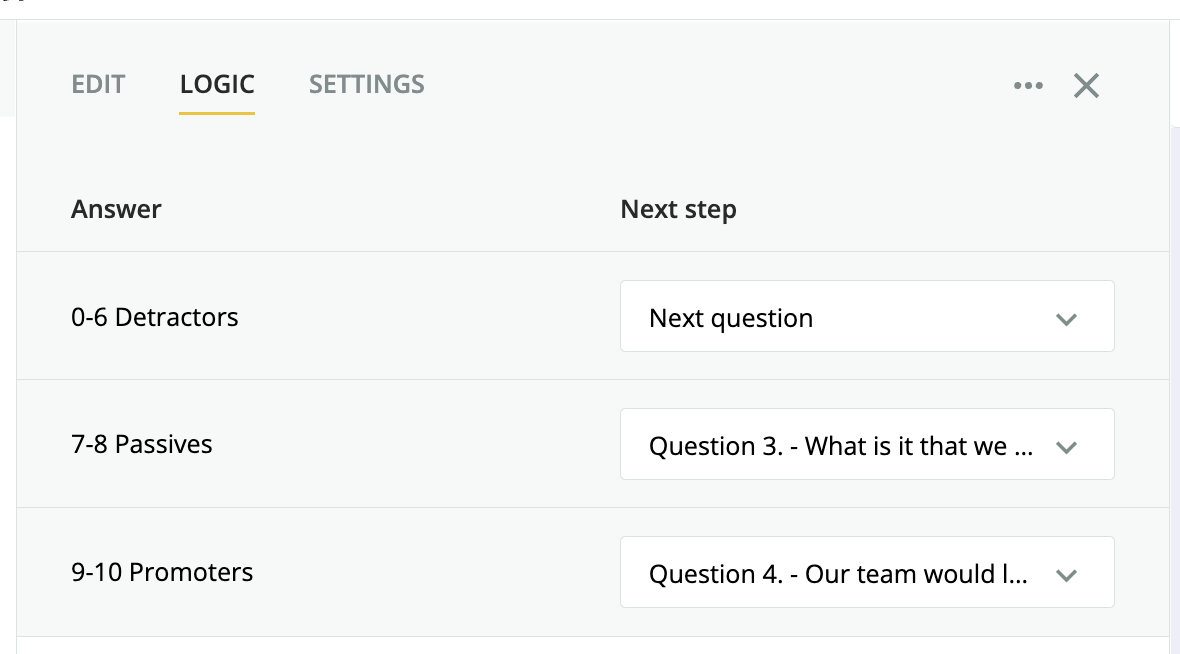
And your answers are already segmented by the Survicate survey software right in your results tab!
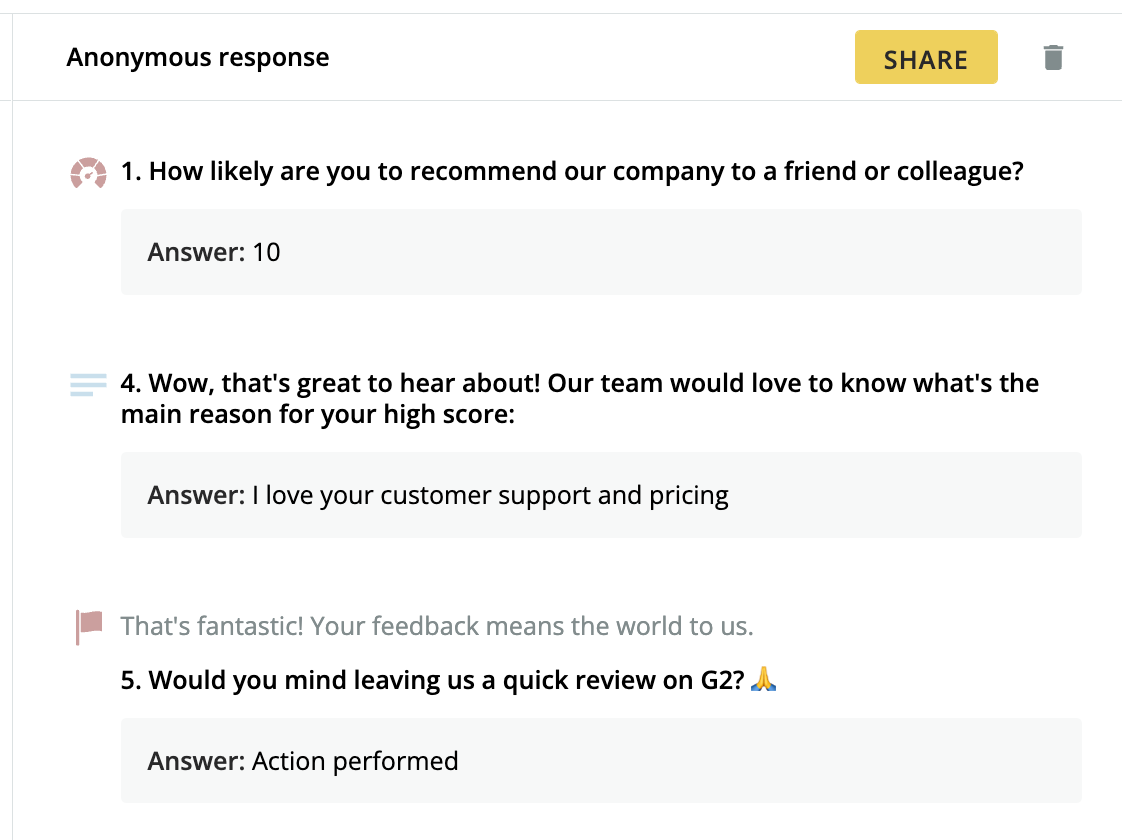
Ask one question at a time
Avoid using conjunctions (words like “and” and “or”) in your questions. This makes it very difficult to design closed-ended answers that fulfill all possible needs.
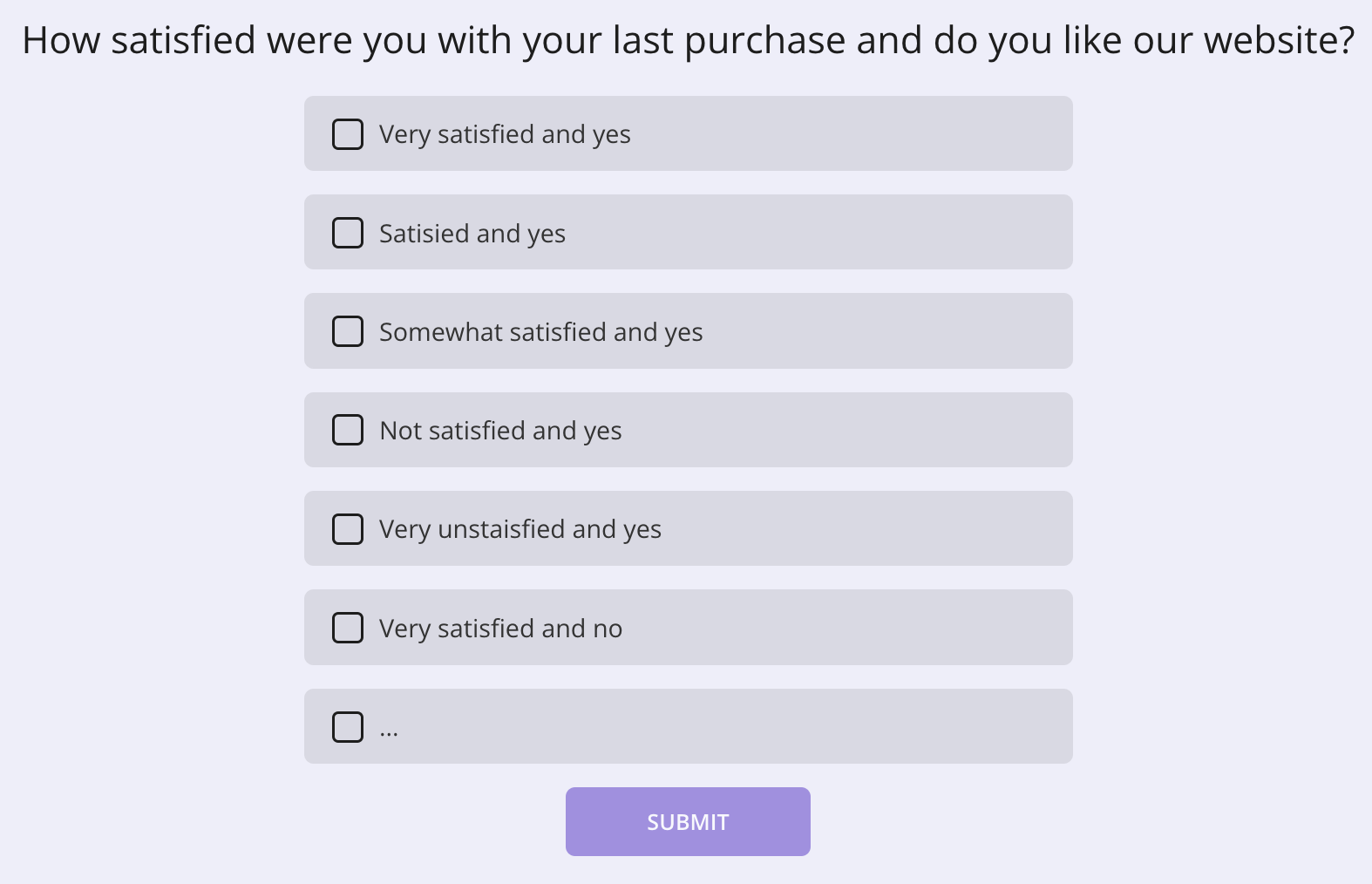
Especially when providing numerical single-choice questions, add “or more”. What if you were an enterprise and the only possible answers to “How many people do you employ?” were:
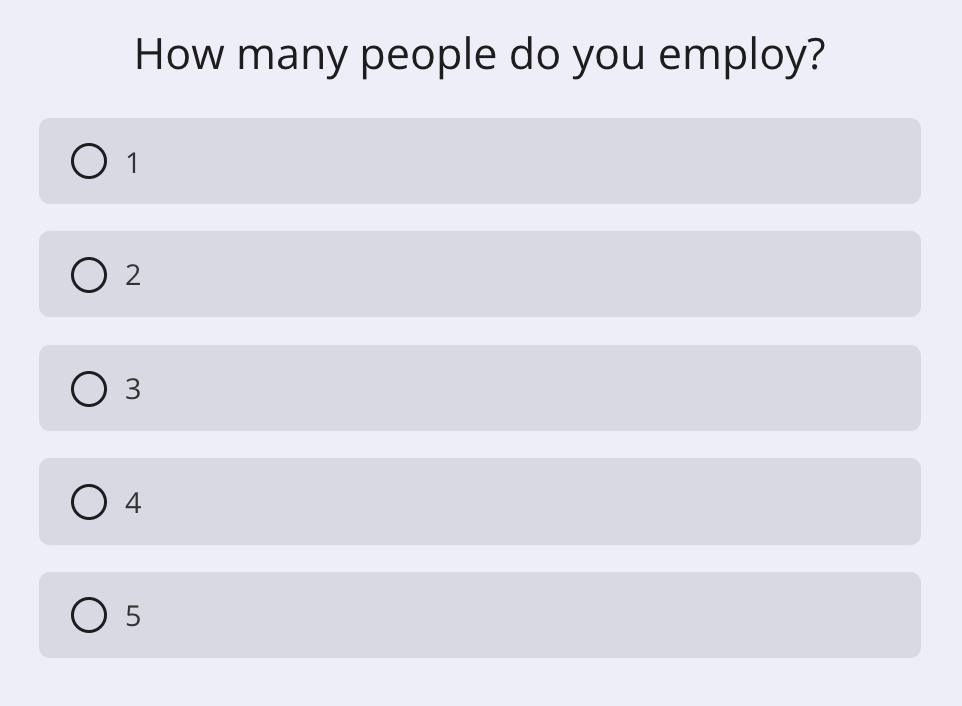
You are setting yourself up for unreliable results! What’s more, customers will see that your survey design is poor and may think you don’t really care about their answers.
Use consistent scales
If you begin a survey with a question that can be answered on a 5-point scale, stay consistent throughout. Jumping back and forth may confuse respondents and make them feel like questions are not tied together in a logical way.
Survicate templates for the most common types of campaigns follow this rule. So, for Net Promoter Score, you are best off using the 10-point scale.
Product experience surveys usually use the 7-point scale:
And, in a similar fashion, if you begin with a Likert scale, don’t suddenly switch to a smiley one.
For example, a Customer Experience (CSAT) survey is typically composed of answers on a 5-point scale, either numbered or ranging from “very unsatisfied” to “very satisfied”.
Design question order carefully
Make sure the order of your questions makes sense. For example, when asking about post-purchase satisfaction, ask about the purchasing process before asking about delivery.
You don’t want customers to think you are being sloppy when designing your questions. This could discourage them from putting effort into providing honest feedback.
Let respondents know how long the survey will take
Customers may be more inclined to respond to a survey if they know how long it will take. Adding a progress bar or giving a time frame required to complete the set of questions may prevent them from abandoning the survey.
Make single-choice answers mutually exclusive
Never overlap answers in single-choice questions.
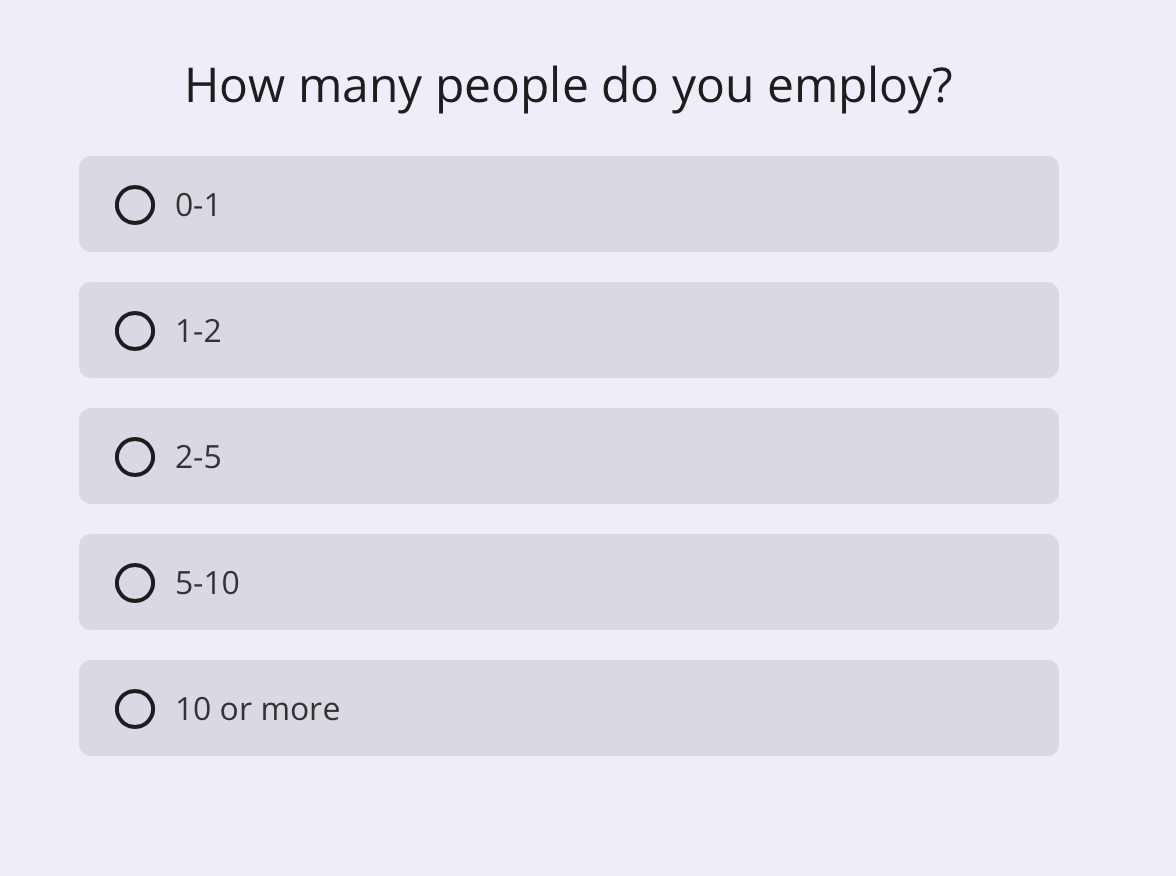
The question above is impossible to answer for anyone who employs 1, 2, 5, or 10 people. Instead, go for answers along the lines of:
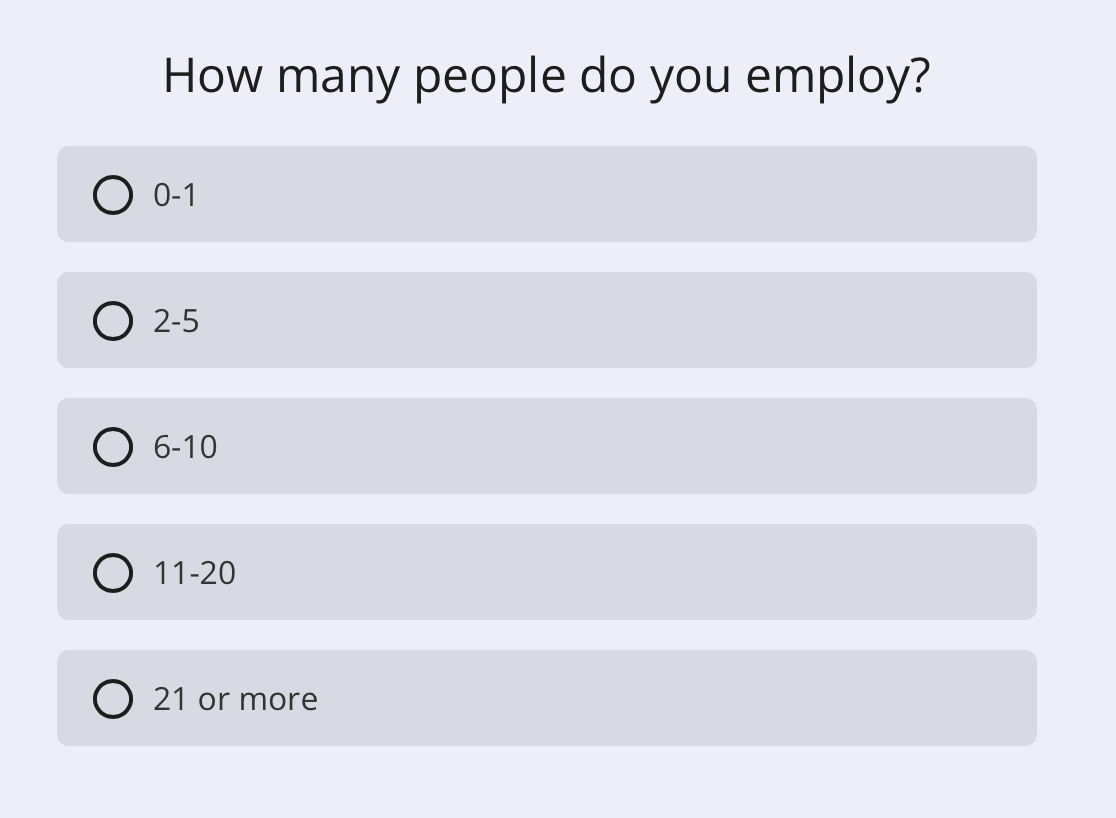
Or any other ranges you might want - Survicate survey templates are fully customizable.
Add multiple language versions
Especially if you know your customer base is international, add alternate language versions of all the questions and messages. People are a lot more likely to respond if they can easily understand all of the questions. What's more, a potential respondent will feel as if their input is actually appreciated if you made arrangements for them to fill the survey out in their mother tongue.
Survey the right people at the right time
Sending a survey to the wrong person for will result in neglect or unreliable data. If someone continuously receives surveys that they don’t have the answers to, they will be reluctant to take surveys from that company in the future.
You can use our buyer persona survey to learn more about your customers and what kind of feedback they can give you.
You can also track their activity to make sure the questions are applicable. Surveys can be sent via segmentation or even triggered by things like JavaScript events. Transactional surveys like Customer Effort Score (CES) can be triggered after a completed purchase, for example.
But try to limit automated popups and autoresponder feedback requests. Too many and you are sure to scare off potential respondents from giving you valuable feedback regularly. Ask for feedback when you actually need it.
Make sure you are not asking the same customers the same questions (or questions on the same topic) multiple times.
For B2B businesses it is advised to survey customers quarterly. This is because such an audience interacts with a company less frequently than a B2C audience. For the latter, it is recommended to track how often customers interact and multiply it by two.
Make surveys responsive
30% of surveys are completed on mobile devices. If your surveys are not responsive you are potentially losing out on every 3 out of 10 responses. Why?
Because respondents are unlikely to check back with a survey they received but weren’t able to complete immediately.
Many surveys are sent by email or on-site. If your customers are visiting your site or their email service on a mobile device, they are likely going to want to fill out a survey using the same medium.
Use survey software that generates responsive surveys. Survicate surveys can be completed on any device, no matter how you distribute them.
Do your research
The first step of your research should be to figure out how often your competitors survey their customers. No two industries are the same, so it’s difficult to set a specific standard.
Sign up for free trials if you haven’t already, play around with their websites. Check whether your competitors make their survey data public (a lot of Saas businesses do!).
Test your surveys
Then, test your surveys on your employees to make sure they run smoothly, make sense to everyone, and don’t take too much effort.
Perform trial and error
Make sure you know whether your customers prefer multiple short surveys or one survey that is longer. This information is most reliable when collected via trial and error.
Make respondents feel heard
People are more likely to give feedback if they feel confident it will not just end up as an unread email in someone’s inbox or on a disregarded Slack channel. Let them know the data is wanted and that you will act on it.
The best way of making sure that is the case is simply telling them. Thank each respondent for the time and effort they gave to provide you with feedback. Survicate adds one automatically for you.

And you can customize this to show your social media handles, too!
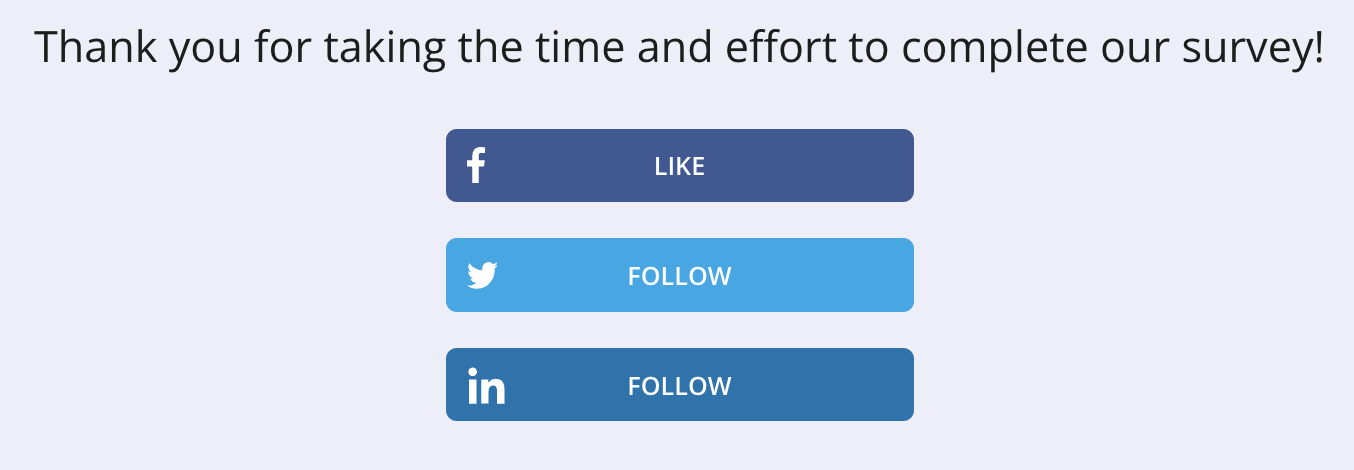
With paid subscription plans you can remove our branding and add your own.
You may also want to consider making survey responses (anonymous but) public.
The last step of a successful survey campaign and preventing survey fatigue is to analyze the survey feedback and implement “quick wins” or “low hanging fruit” to show customers you are listening and constantly improving your product or service.
If the feedback you collect regards customer service, share the data with your customer-facing staff. If the feedback is related to website design, keep your devs in the loop. And if customers are critiquing the product itself, it’s the product team that should get a heads up.
Wrapping up
To create effective surveys, keep them simple, quick, and well-timed. Consider what data you need and what format you want it in.
Test your survey on different respondents to make sure everything is clear. You can use Survicate’s ready-to-send templates to save time and get straight into data collection and analysis.

.webp)






.svg)
.svg)
.svg)

.svg)


.svg)







.svg)




.svg)

















.svg)






























.svg)

.svg)
.svg)

.svg)



.svg)




.png)

.svg)

.svg)
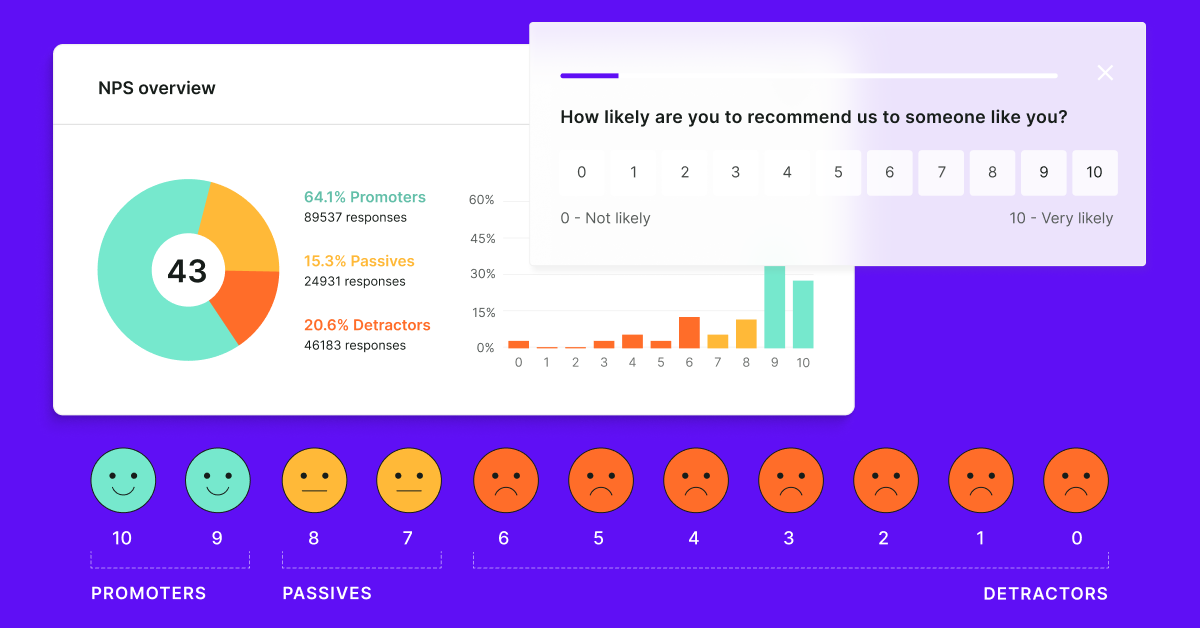

.png)

